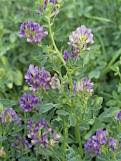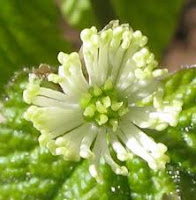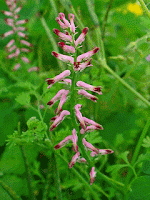APPLES
Apple trees are members of the Rosaceae family of plants so are related to the rose, apricots, plums, peaches, almonds and so on. They can be green, yellow, red and brown, with the tartest ones having green skin. I remember the cooking apples that grew in our garden and the taste of homemade apple pies. They were a definite green, and not like that of Granny Smith’s. I particularly like the brown russet apples that my great aunt always seemed to have a supply of, but I haven’t seen any of these for years. They were a chestnut brown and slightly rough resembling a kiwi a little.
 Apples have a very long history and it is believed that dessert apples began to spread from the forests of eastern
Apples have a very long history and it is believed that dessert apples began to spread from the forests of eastern  Dried apples were found in Queen Pu-Abi’s tomb at
Dried apples were found in Queen Pu-Abi’s tomb at Apples contain phytonutrients which combined with the relatively small amount of fibre they contain work to help prevent spikes in blood sugar levels. The polyphenols in apples help to promote the secretion of insulin in the pancreas and increase the absorption of glucose from the blood. The constituents in apples lower blood fats when the apple is eaten whole that means including the skin. The apple’s skin contains most of the phytonutrients with red apple skin having anthocyanins and yellow ones carotene. Apples work to balance the bacteria in the digestive tract and research is ongoing into this activity.
Research has shown that eating whole apples can help prevent or delay age-related macular degeneration (eye disease) as well as help to prevent lung cancer and asthma, although research is ongoing into the effects apples have on asthma symptoms. It is believed that the bioflavonoid phloridizin in apples may prevent bone loss and so help with osteoporosis. Apples can also help prevent neurodegenerative diseases such as Alzheimer’s disease, so perhaps an apple a day may really keep the doctor at bay, if not away.
One bad apple really can damage the whole lot, as when an apple is bruised it releases relatively high amounts of the gas, ethylene which contaminates all the other apples, so remove any decaying apples from storage.
Apples contain some vitamin C, some of the B-complex vitamins including B1, 2 and 3 as well as B6, vitamins E and K and folate. As for minerals they include calcium, chromium, copper, iron, magnesium, manganese, phosphorous, potassium and a little sodium. They also have Omega-3 and -5 fatty acids along with amino acids and lutein, zeaxanthin and choline.
 Apples have found a place in Cockney rhyming slang, with “apples and pears” meaning “stairs”, which illustrates how common apples are. There other expressions which show the value we have placed on apples, with one being “the apple of one’s eye” meaning something or someone who is thought very dear and valuable perhaps someone who can do no wrong.
Apples have found a place in Cockney rhyming slang, with “apples and pears” meaning “stairs”, which illustrates how common apples are. There other expressions which show the value we have placed on apples, with one being “the apple of one’s eye” meaning something or someone who is thought very dear and valuable perhaps someone who can do no wrong. Apples have captured the imagination of poets since Homer’s time and Robert Frost wrote several poems about apple orchards and apple picking which are very vivid and illustrative.
You can cook apples, as in apple pie, which is a favourite dish on both sides of the Atlantic . Apples can be made into jam and preserves, pickled and made into cider. They can be served with meat (apple sauce with goose or pork) and can be put into fruit salads and on breakfast cereals as well as being good with natural yoghurt and honey along with other fresh fruit and nuts such as walnuts. Personally I like to eat whole apples and these are much better both nutritionally and health-wise for you than having applesauce or apple juice. This is mainly because most of the health-giving properties of an apple are contained in their skins.
























































